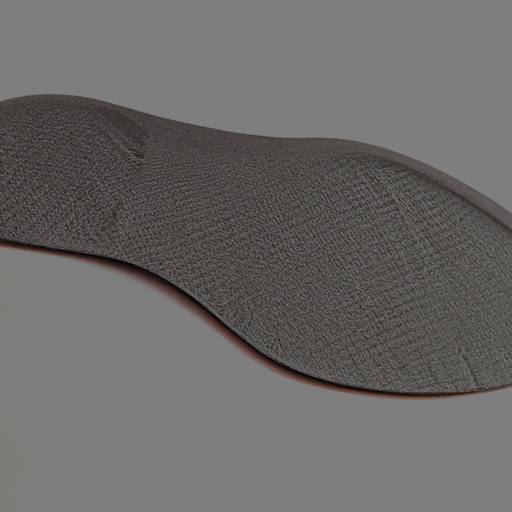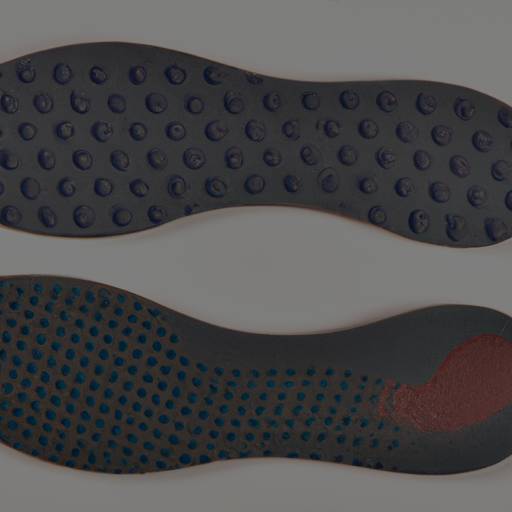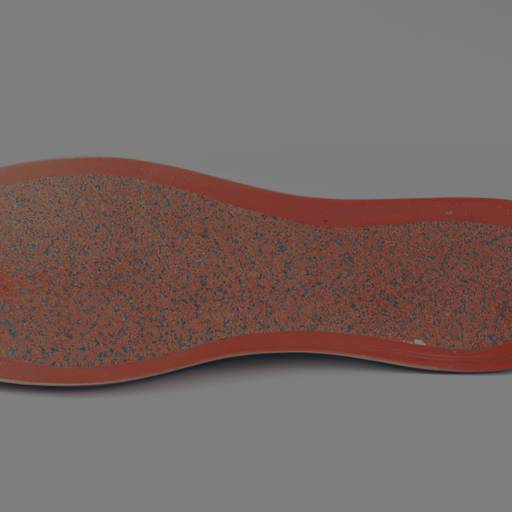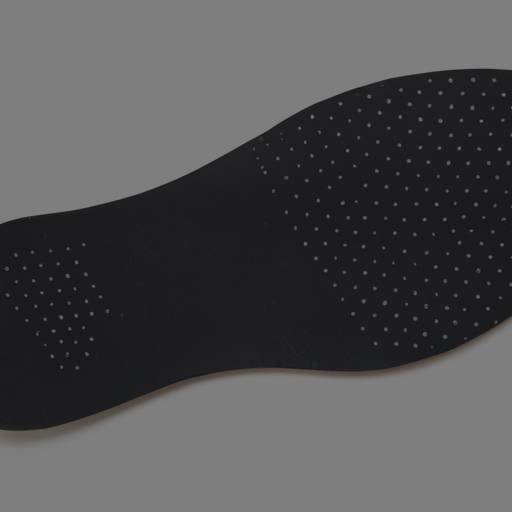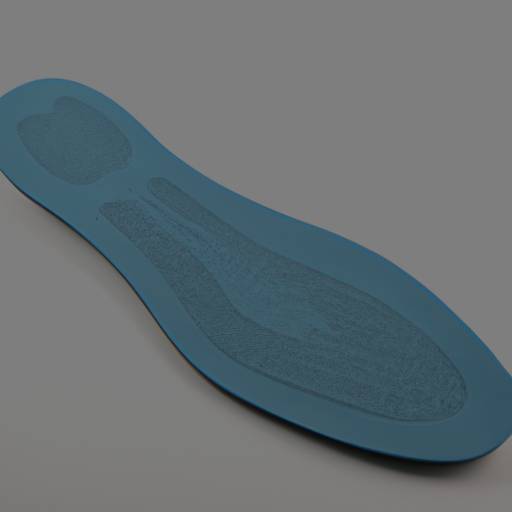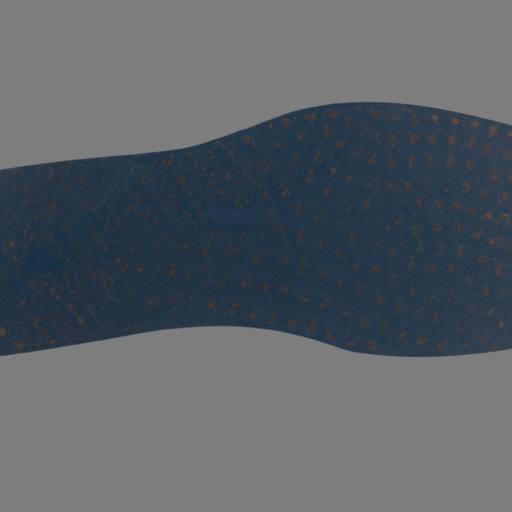When Is Wearing Orthotics Too Long?
The Importance of Orthotics
Orthotics are specialized shoe inserts designed to provide support and alignment for the feet. They play a crucial role in maintaining proper foot function and overall foot health. By understanding the benefits of orthotics and how they support the arches and alignment of the feet, individuals can make informed decisions about their use.
Understanding Orthotics and Their Benefits
Orthotics are custom-made or prefabricated inserts that can be placed inside shoes to provide additional support, cushioning, and stability. They are often recommended by healthcare professionals, such as podiatrists or orthopedic specialists, to address various foot conditions or improve overall foot function.
The benefits of wearing orthotics include:
- Arch Support: Orthotics are designed to provide support to the arches of the feet. This is especially important for individuals with flat feet or high arches, as these conditions can lead to imbalances and strain on the feet and lower limbs. By supporting the arches, orthotics help distribute weight and pressure evenly, reducing the risk of discomfort or injury.
- Foot Alignment: Proper foot alignment is essential for optimal biomechanics and efficient movement. Orthotics can help align the feet and ankles, reducing excessive pronation (inward rolling of the foot) or supination (outward rolling of the foot). This alignment can alleviate stress on the joints, muscles, and ligaments, promoting better overall foot function.
It’s important to note that orthotics may not be necessary for everyone. However, individuals with certain foot conditions, such as plantar fasciitis, bunions, or overpronation, may benefit from the use of orthotics. If you’re unsure whether you need orthotics or what type of orthotics to use, consulting with a podiatrist or healthcare professional is recommended.
To learn more about arch support and insoles, check out our article on best arch support insoles.
By understanding the role of orthotics in providing arch support and foot alignment, individuals can make informed decisions about their use and ensure optimal foot health and function. However, it’s important to remember that orthotics are not a one-size-fits-all solution. The severity of your foot condition and professional guidance should be taken into consideration when determining the appropriateness and duration of orthotic use.
Signs of Wearing Orthotics Too Long
While orthotics can provide valuable support and relief for various foot conditions, wearing them for an extended period without reevaluation can lead to potential issues. It’s important to be aware of the signs that indicate you might be wearing orthotics too long. Here are three key indicators to watch out for:
Decreased Comfort and Support
One of the first signs that you may be wearing orthotics for too long is a noticeable decrease in comfort and support. Over time, the materials in the orthotics may wear down, losing their original cushioning and structural integrity. As a result, you may experience discomfort or pain while wearing the orthotics, which can extend to your feet, arches, or even other parts of your body.
If you find that your orthotics no longer provide the same level of comfort and support as they did initially, it may be time to reassess their effectiveness and consider replacing them. Regular check-ups with a podiatrist can help determine if your orthotics require adjustment or replacement. For more information on the potential risks of wearing orthotics for too long, check out our article on wearing orthotics side effects.
Increased Foot Pain or Discomfort
Another sign of wearing orthotics for an extended period is an increase in foot pain or discomfort. While orthotics are designed to alleviate foot pain and provide stability, wearing them beyond their recommended lifespan can lead to the development of new or worsening foot discomfort. This may manifest as achiness, soreness, or even sharp pain in the feet.
If you notice an increase in foot pain or discomfort while wearing your orthotics, it’s important to consult with a podiatrist. They can assess your foot condition, evaluate the effectiveness of your current orthotics, and recommend any necessary adjustments or replacements. Additionally, considering alternative solutions such as memory foam insoles may provide temporary relief while you seek professional guidance.
Changes in Foot Structure
Prolonged use of orthotics without proper monitoring can potentially lead to changes in the structure of your feet. Orthotics are designed to provide support and alignment for specific foot conditions, but continuous reliance on them can cause the muscles in your feet to weaken or atrophy over time. As a result, your foot arches may become more dependent on the orthotics for support, potentially leading to a decrease in natural foot motion and muscle strength.
If you notice changes in the structure of your feet, such as flatter arches or a decrease in foot flexibility, it’s important to consult with a podiatrist. They can assess your foot condition, evaluate the impact of your orthotics, and recommend an appropriate course of action. Additionally, incorporating exercises to strengthen the muscles in your feet and ankles, under the guidance of a healthcare professional, can help mitigate any potential issues.
By being aware of the signs of wearing orthotics for too long, you can take proactive steps to ensure the ongoing health and well-being of your feet. Regular check-ups with a podiatrist, listening to your body’s signals, and gradually transitioning from orthotic use when appropriate are essential factors to consider in maintaining optimal foot health.
Potential Risks of Wearing Orthotics Too Long
While orthotics can provide valuable support and alleviate discomfort, wearing them for an extended period can pose certain risks. It’s important to be aware of these potential risks to ensure the optimal use of orthotics for your foot health.
Dependency on Orthotics
One potential risk of wearing orthotics for an extended period is the development of dependency. When used excessively or improperly, the muscles in the feet and lower legs may become reliant on the support provided by the orthotics. This can lead to a weakening of the intrinsic muscles, which are responsible for maintaining the natural arches and stability of the feet.
To prevent this dependency, it’s essential to strike a balance between utilizing orthotics for support and allowing the feet to function naturally. Gradually reducing the reliance on orthotics over time, under the guidance of a podiatrist, can help maintain the strength and function of the feet.
Muscle Weakness and Atrophy
Wearing orthotics for an extended period without exercising and strengthening the foot muscles can potentially result in muscle weakness and atrophy. The constant support provided by orthotics can lead to underutilization of the foot muscles, causing them to weaken over time.
To mitigate this risk, it’s important to incorporate exercises that target the intrinsic foot muscles into your routine. This can include toe curls, arch lifts, and other foot-strengthening exercises. Engaging in regular physical activity, such as walking or running, can also help keep the foot muscles active and prevent muscle weakness and atrophy.
Lack of Natural Foot Motion
Orthotics, when used for prolonged periods, can restrict the natural movement and motion of the feet. While this may be necessary for certain foot conditions, it’s important to strike a balance between providing support and allowing the feet to move naturally.
Excessive reliance on orthotics can limit the range of motion in the feet and potentially lead to stiffness and decreased flexibility. To counteract this, it’s advisable to incorporate barefoot activities into your routine, such as walking on different surfaces or practicing yoga. This allows the feet to move freely and maintain their natural flexibility and mobility.
Understanding the potential risks associated with wearing orthotics for an extended period is crucial for making informed decisions about their usage. It’s recommended to consult with a podiatrist to determine the appropriate duration and usage of orthotics based on your specific needs and foot condition. Regular check-ups with a podiatrist can help evaluate your progress and ensure that you’re reaping the benefits of orthotics while minimizing the potential risks.
Factors to Consider
When it comes to wearing orthotics, there are several important factors to consider to ensure optimal foot health. These factors include the duration of orthotic use, the severity of the foot condition, and the need for professional guidance.
Duration of Orthotic Use
The length of time you should wear orthotics depends on various factors, including the nature of your foot condition and the recommendations of your healthcare professional. In some cases, orthotics may be prescribed for short-term use to alleviate acute symptoms or provide temporary support during recovery from an injury. However, for chronic conditions or structural abnormalities, long-term use of orthotics may be necessary to maintain proper foot alignment and function.
It’s essential to follow the guidance of your healthcare provider regarding the duration of orthotic use. Regular check-ups with a podiatrist can help assess your progress and determine if any adjustments or modifications to your orthotics are necessary.
Severity of Foot Condition
The severity of your foot condition plays a significant role in determining the appropriate duration of orthotic use. Conditions such as plantar fasciitis, flat feet, or high arches may require ongoing support to manage symptoms and prevent further complications. In these cases, wearing orthotics for an extended period may be necessary to provide the necessary stability and alleviate discomfort.
Individuals with mild foot conditions or those who have successfully undergone corrective treatments may require orthotics for a shorter duration. As the foot condition improves, the need for orthotic support may decrease. However, it’s essential to consult with a healthcare professional to determine the appropriate time to reduce or discontinue orthotic use.
Professional Guidance
Seeking professional guidance from a podiatrist or orthopedic specialist is crucial when it comes to orthotics. These healthcare professionals can assess your foot condition, recommend the appropriate type of orthotics, and provide guidance on how long you should wear them.
Professional guidance also ensures that the orthotics are properly fitted and customized to your specific foot needs. Ill-fitting or poorly designed orthotics can cause discomfort and potentially exacerbate foot problems. By seeking expert advice, you can ensure that the orthotics are tailored to your unique foot structure and condition.
Remember to schedule regular check-ups with your podiatrist to monitor your foot health and discuss any concerns or changes in your condition. They can provide valuable insights and make necessary adjustments to your orthotics as needed.
By considering the duration of orthotic use, the severity of your foot condition, and seeking professional guidance, you can make informed decisions regarding the appropriate use of orthotics and promote optimal foot health.
When to Reevaluate Orthotic Use
While orthotics can provide significant benefits for foot support and alignment, it’s important to periodically reassess their use to ensure they continue to meet your needs. Here are three key factors to consider when determining if it’s time to reevaluate orthotic use.
Regular Check-Ups with a Podiatrist
Scheduling regular check-ups with a podiatrist is essential for monitoring the effectiveness of your orthotics. A podiatrist can assess the condition of your feet, evaluate any changes in your foot structure, and determine if adjustments to your orthotics are necessary. Regular check-ups provide an opportunity to address any concerns or discomfort you may be experiencing and ensure that your orthotics are still providing the support and alignment you need. If you’re unsure when to schedule your next appointment, consult with your podiatrist for guidance.
Listening to Your Body
Your body can provide valuable insights into whether you should continue wearing orthotics or make adjustments. Pay attention to how your feet feel during daily activities. If you notice increased discomfort, pain, or any new sensations while wearing your orthotics, it may be a sign that they are no longer providing the desired benefits. Additionally, if you find yourself relying heavily on orthotics for everyday activities, it could indicate a potential dependency on them. Trust your instincts and listen to your body’s feedback to determine if it’s time for a reassessment.
Gradual Transitioning
If you’ve been wearing orthotics for an extended period, it’s worth considering a gradual transition to reduced use or even temporary discontinuation. This allows your feet to regain some natural motion and strength while still providing support when needed. Gradually reducing your reliance on orthotics can help assess your foot’s condition and determine if the orthotics are still necessary for optimal foot health.
Remember, every individual’s foot needs are unique, and the decision to reevaluate orthotic use should be made in consultation with a healthcare professional. By staying proactive and attentive to any changes in comfort, pain, or foot structure, you can ensure that your orthotics continue to benefit your foot health.

